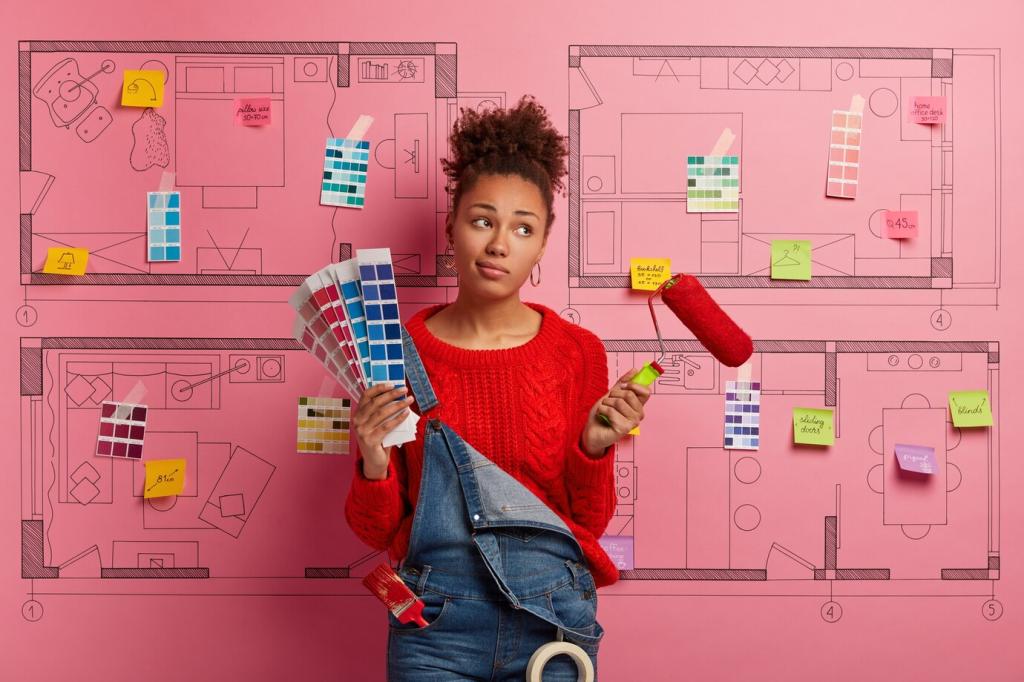Finding the Narrative Angle
Describe who they were before the project and who they became after. Emphasize feelings and function, not just finishes, so readers connect outcomes to their own daily rituals and hopes.
Finding the Narrative Angle
Name the neighborhood, light quality, and rhythms of the day. Reference seasonal changes or views to ground the narrative, making your description feel lived-in rather than abstract or generic.
Finding the Narrative Angle
Invite trust by sharing a limitation you turned into a feature: an awkward column, low ceiling, or strict landmark rules. Explain the decision path and the elegant solution you crafted.







